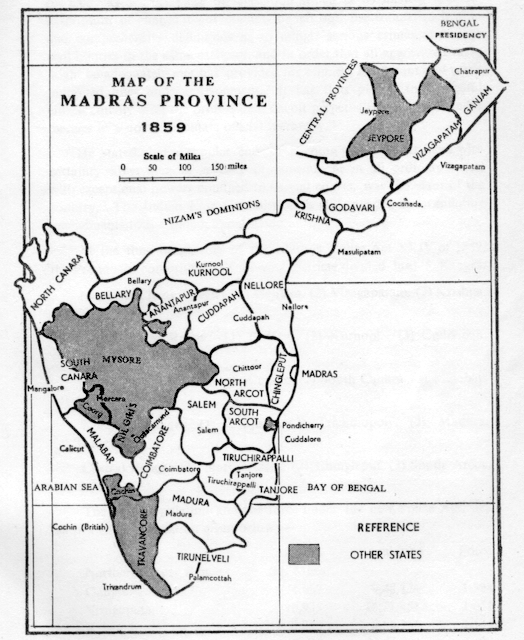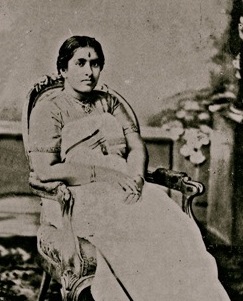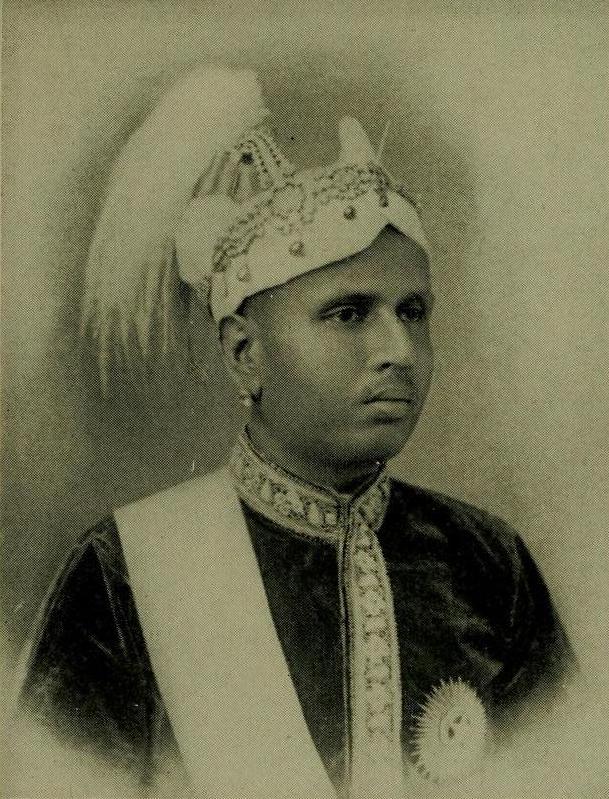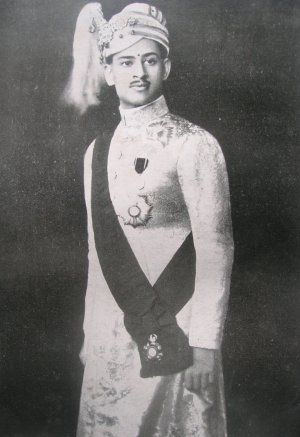You might have heard of a kingdom named Travancore. Today, it is a part of Kerala. But did you know that right till 1925, some queens of Travancore were quite a big political powercenter by themselves?

We are going to talk about one particular queen – Rani Sethu Lakshmi Bayi. She became the regent of the Travancore kingdom, and effectively ruled it from 1924 to 1931. She was one of Travancore’s most dynamic rulers. Interestingly, she was not born into the ruling dynasty but adopted into it. She became Queen because of a unique social custom called Matrilineal Succession. Ironically, she then went on to abolish that very system!

According to the matrilineal system, the kingdom did not pass from father to son, but from mother to daughter. So, when a king died, his son would NOT become the next king. The crown would go to the dead king’s sister’s son, his nephew. His niece would be the future Queen of Travancore. And she would go on to produce the next heir. So as you can see, the Queens were all important, and producing a baby daughter was as important as producing a son. And if there was no baby girl born in the family, daughters were adopted into the royal family.
This short video explains how the Matrilineal system worked in Kerala and among the royal families of the kingdom of Travancore.
In 1885, when Maharaja Moolam Tirunal became king, he had no sisters. That meant there was no one to continue the dynasty. Therefore, the Queen Mother had to adopt daughters. In 1900, she adopted 2 girls, the granddaughters of Raja Ravi Varma, the famous painter. And when the Queen Mother died, these two girls became the Senior Queen and Junior Queen – Rani Sethu Lakshmi Bayi and Rani Sethu parvathi Bayi respectively. The succession plan was clear. The Senior Queen, Sethu Lakshmi Bayi’s son who would become the next king.

Moolam Thirunal Rama Varma, King of Travancore (Image sourced from wikipedia)
As luck would have it, Lakshmi delivered daughters, not sons. Meanwhile the Junior Queen delivered a son, Chitra Tirunal Balarama Varma. Naturally, he was declared the heir-apparent. Lakshmi, it seemed, would now be just a ceremonial figure.

And then came another twist of fate. The king, Maharaja Moolam Tirunal, died suddenly in 1924. This meant that Balarama Varma, the heir-apparent, had to be immediately crowned king. But there was one problem. Balarama was barely twelve years old, so a Regent was needed. And as the senior Queen, Lakshmi outranked everyone else. She was appointed regent and that is how, Lakshmi became the most powerful person in one of the richest kingdoms of India.
Lakshmi was hardly 30 when she assumed charge; but she showed she was capable of taking on this job. She implemented sweeping social, political and economic reforms. And then, rather surprisingly, she abolished the very system of matrilineal succession that brought her to power.
The Matrilineal Succession system evolved from an era when wars and political instability were rife. Nair men were frequently at the war-front and a stable family life was near-impossible. So, a system evolved where men and women were free to adopt and terminate relationships through social contracts known as ‘Sambandams’. Moving into a relationship was simple and moving out was painless. Unlike the rest of India, even the death of the partner was not the end of the world. It suited the times – it provided economic security, social stability, and a liberated sexual ambience, free of stigma, to the women.
But, by 1900, Kerala had experienced over a century of peace and the Nair men had settled down to quiet domestic lives. Without wars, they had begun educating themselves in westernised colleges in places like Madras, where they were perceived as an oddity. The patriarchal world saw these men as illegitimate children, born out of concubinage.
Even inside Travancore, intellectuals and reformists had started questioning the system. They felt that the Nair men were living off their wives’ inheritances. But it should be mentioned here that while the women owned the property, their power was NOT absolute. Routine management of the property and the household were entrusted to the Karanavar, the senior brother of the landlady. Over time, matrilineal families grew larger and more unwieldy. New issues arose. Some Karanavars were accused of favouritism. That resulted in many disputes over property, which in turn clogged the courts of the state. By the early 1900’s, the Travancore government had come up with a modification that allowed men to bequeath what they had earned themselves, to their sons, and not their nephews. Clearly, the foundation of the edifice was shaking.
Rani Lakshmi Bayi was sensitive to the changes around her. Finally, in 1925, she signed the historic Nair Regulation Act, which effectively ended the practice of matrilineal succession. And with that, matriliny came to an end, terminated by a queen who became queen BECAUSE of that system.
Comments are closed.
Archives
- January 2022
- December 2021
- November 2021
- August 2021
- March 2021
- February 2021
- January 2021
- December 2020
- November 2020
- October 2020
- September 2020
- August 2020
- April 2020
- March 2020
- February 2020
- January 2020
- November 2019
- October 2019
- September 2019
- August 2019
- July 2019
- June 2019
- August 2017
- February 2017
- January 2017
- October 2013
Featured Posts
- Tales that pots tell: Keeladi excavations AUGUST 18, 2021
- The Last Grand Nawab: Wallajah FEBRUARY 10, 2021
- How Tej Singh became Raja Desingu of Gingee FEBRUARY 5, 2021
- How Shahjahan seized the Mughal throne JANUARY 28, 2021
- Alai Darwaza – Qutub Minar Complex, Delhi NOVEMBER 21, 2020
- Marking History through British buildings NOVEMBER 17, 2020
- The last great queen of Travancore NOVEMBER 7, 2020
- Brahmi and the evolution of scripts OCTOBER 15, 2020
- The Cambodian King of Kanchipuram OCTOBER 14, 2020
- James Prinsep – the man who read the writing on the wall OCTOBER 10, 2020
- Mariamman – the Village Goddess who travelled SEPTEMBER 30, 2020
- Misnamed Monuments of Mamallapuram SEPTEMBER 28, 2020









Thanks for such a nice information